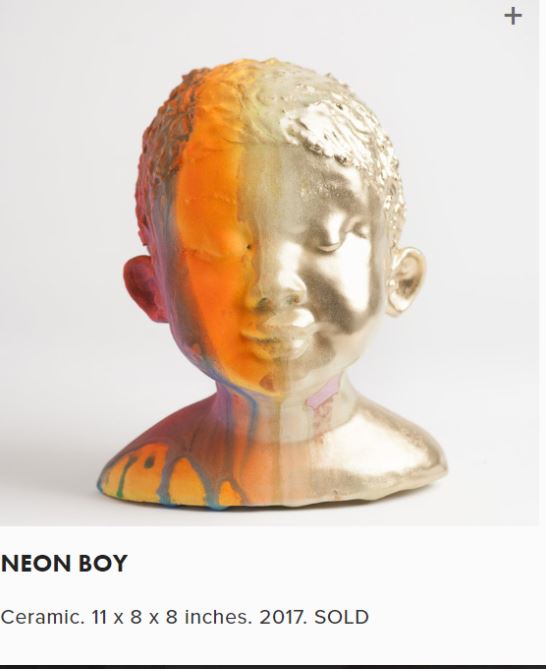The morning the Life after Lakeside alumni career panel was hosted in spring 2023, Lakeside’s campus was teeming with the founders of nonprofits, esteemed lawyers, doctors, and technological pioneers who all boasted, admittedly, very impressive careers. What the campus lacked, however, was professional artists.
“From what I’ve seen, art classes at Lakeside are rarely taken seriously, which itself plays into Lakeside’s narrative about art in general: It’s a nice thing to do and enjoy, but it’s not ‘work’ and can’t be a career,” Rohan D. ’25 said. Even though he enjoyed Orchestra, that wasn’t the reason teachers, parents and advisors alike advised him to continue it — instead, like how many other art classes are seen at Lakeside, they believed it would act as an ‘easy seventh class.’
But even if Lakeside doesn’t necessarily promote careers in art, that doesn’t mean there aren’t examples of successful artists under their nose. For visual arts department head Jacob Foran, whose intricately designed sculptures are nestled next to those of Lakeside students in Pigott’s ceramics studio, ceramics is much more than a class.
Mr. Foran’s ceramics journey started in college while he was pursuing a degree in painting, where he discovered after a workshop how “great of a fit the clay material was” for him. He would then go on to eventually receive a Master’s in Fine Arts in Ceramics from the University of Washington. Despite the fact that he was picked up by his first gallery in undergrad, where he was able to sell a few pieces, selling art has never been a goal for Mr. Foran, who attributes the beginning of his career to “early luck.” Today, Mr. Foran has been selling his artwork for the past 20 years, in which he estimates he’s sold more than 3,000 pieces. While his smaller, more functional pieces of pottery start at around $50, his larger gallery pieces can go from several thousand to upwards of $10,000.
So why doesn’t Lakeside prepare students for careers in art similar to how they prepare their students for careers in coding or law? Lakeside students clearly have the capacity to do so: in fact, it was the “students, the depth at which they were able to talk about art, and their passion for making art” that drew Mr. Foran to Lakeside in the first place. Still, he has mixed feelings.
“It’s not so much that I’m opposed to students selling their art, but I have reservations about when and how,” Mr. Foran explained to me. Gesturing to one of his office walls, he mentions that most of the works, framed and beautifully painted, that adorn the space were bought from students.
It’s important to remember that a successful career in art shouldn’t be defined in the same way you would define the success of a real estate agent or a banker. Having seen some students explore the idea of selling ceramics on TikTok, Mr. Foran worries about a “false reality” where the success of art is characterized by likes rather than how content the artist is with their piece.
“Selling art is not a goal of the program because I think that sales can really mess with your head if you’re not ready for it. I think we have such a special thing going on here that goes deeper than the money,” Mr. Foran said, noting when monetary transactions become the goal, the creative process of artists can be stunted.
Perhaps a freshman in an Introduction to Ceramics class shouldn’t begin applying to galleries and working for commissions. Nevertheless, money is a large motivator to pursue commercial and private transactions. This is particularly true for Seattle nowadays, in an age of rising housing prices and an increased overall cost of living.
“To be brutally honest, [living in Seattle] costs more money than I make on my full time salary, and I’ve been here for a decade,” Mr. Foran told me.
For now, students are able to sell their artwork from senior shows, where faculty members, parents, and other patrons can pick up pieces with prices ranging from $50 to $200. As to whether those students go on to pursue careers in art or not, Mr. Foran isn’t concerned.
“We prepare students if they want to [go into a professional art career],” he said. “A lot of students take the type of learning they develop in the studio and use those skills elsewhere.”


